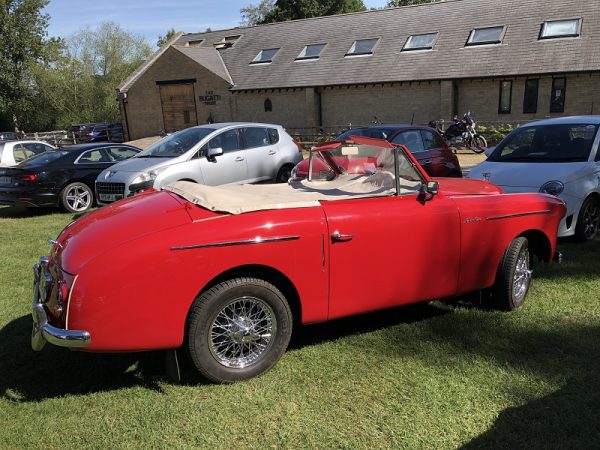
Welcome to Part Three: the final part of our report on VSCC Prescott on 6th and 7th August.
In Part One we looked at the racers and in Part Two the pre-war cars. Now we’ll look at the post-war cars that we found in the car parks. As in Parts One and Two, we’ll give you a mix of pictures of the cars, stuff we know about them and stories we heard on the day. We hope you enjoy Part Three: The Post-War Cars…
1951 Rolls-Royce Silver Dawn
This is a relatively early Silver Dawn with what the owner contends is the best specification: large bore (4566cc) small boot (will fit in the owner’s garage – just). And yes, the owner is very well known in Rolls-Royce circles.
1958 Buick Special
The Buick Special was usually Buick’s lowest-priced model. It was a full-size car from 1936 until 1959 (although it was renamed the LeSabre for that final year) – and returned as a mid-size car from 1961. It was offered as a coupe, sedan and later a station wagon. This sedan version may have been low-priced when new, but it exudes American luxury now.
The only part that was not immaculate was this tail-light. The owner made sure that we knew that a new part was on its way. The words are: “TEMP! ANOTHER ONE COMING FROM AMERICA!”
MG Magnette ZB
The postwar Magnette was produced from 1953 to 1958 in this body style, and then from 1959 to 1968 with a “Farina” body. This example is the 1956-58 ZB, identified by the straight, rather than hockey-stick-shaped, chrome strip over the front wheels sported by the earlier ZA. Another version of the ZB was the Varitone, with a larger wrap-around rear window and optional two-tone paintwork. The ZB always had the same standard Pressed Steel body shell, but for Varitones the rear window opening was enlarged in the Morris Motors body shop at Cowley, before painting.
1972 Citroën SM
These remarkable cars were like spaceships when they burst onto the market in 1970. Citroën purchased Maserati in 1968 with the aim of using the Italian company’s high-performance engine technology to produce a true GT car, combining the unique Citroën suspension with a Maserati V6.
We were discussing the car with another visitor, who asked whether this example had an automatic gearbox – because the lever slid in a chromed slot. In fact, it is a manual, with a gate that looks straight out of “Dan Dare, Pilot of the Future”.
1947 Rolls-Royce Silver Wraith
This early Silver Wraith has a one-off body: a Freestone and Webb limousine with electric division and windows. It appeared in the 4 June 1948 issue of The Autocar.
The coachbuilder’s plate
The interior: cloth for the distinguished passengers and leather for the chauffeur.
Bristol 405 Drophead
Only 43 Bristol 405 Dropheads were built between 1955 and 1958. The 405 saloon was the only 4-door Bristol, but the drophead was a 2-door car with a body built by Abbotts of Farnham. The 405, and its short-wheelbase sister model the 404, were the first to feature the aero-style radiator nacelle and lockers in the front wings accessed externally by gullwing doors: the nearside one for the spare wheel and jack and the offside one for the battery and fuse panel.
Austin A40 Sports
If you think that this looks a little bit like an early Jensen Interceptor, you would be forgiven. This is an Austin A40 Sports, a model launched at the 1949 London Motor Show and designed and manufactured in cooperation with Jensen Motors. Production began in November 1950 and ended in 1953, with just over 4,000 built.
Austin’s chairman Leonard Lord saw a Jensen Interceptor and asked Jensen to develop a body that could use the A40 mechanicals. The resulting A40 Sports was designed by Eric Neale, a stylist who had joined Jensen in 1946 after working at Wolseley Motors. A40 Sports bodies were built by Jensen and transported to Austin’s Longbridge plant for final assembly.
Do try to make it to VSCC Prescott in August 2023. We shall be there!







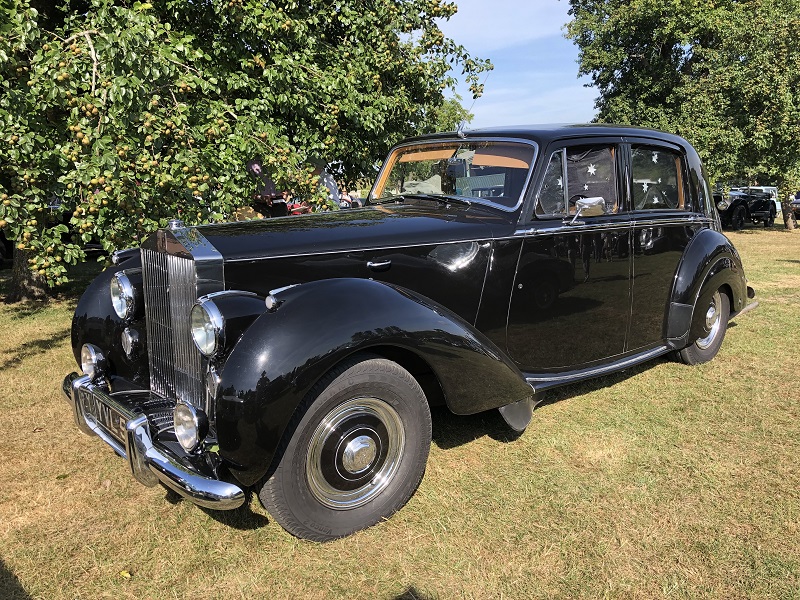

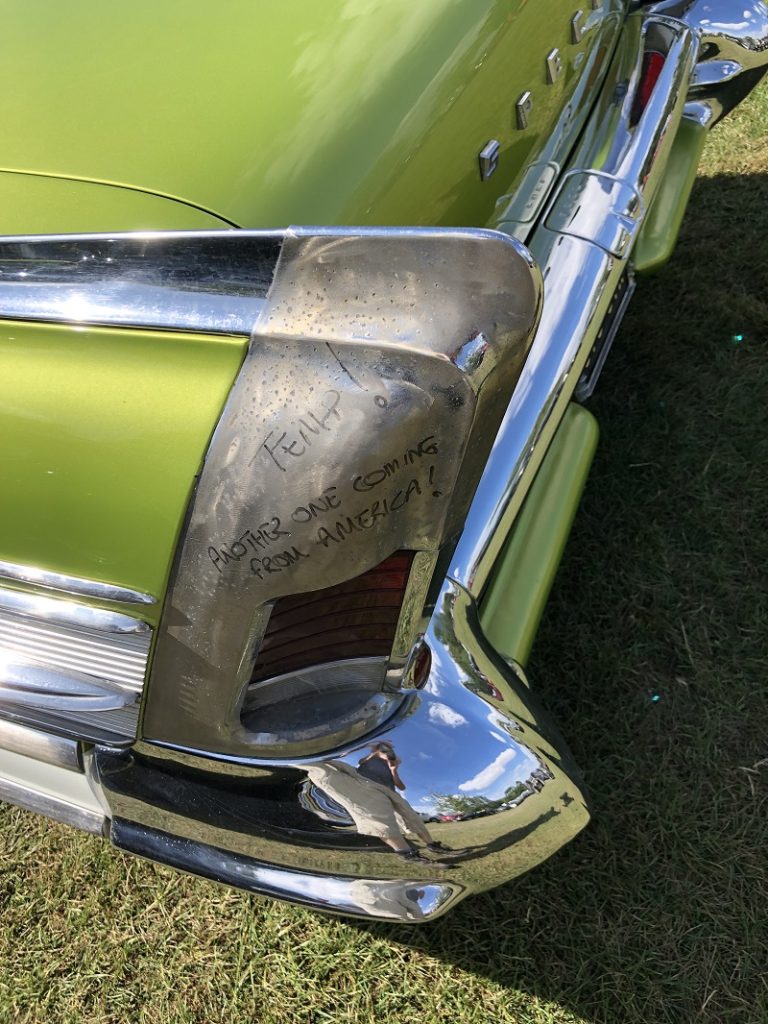
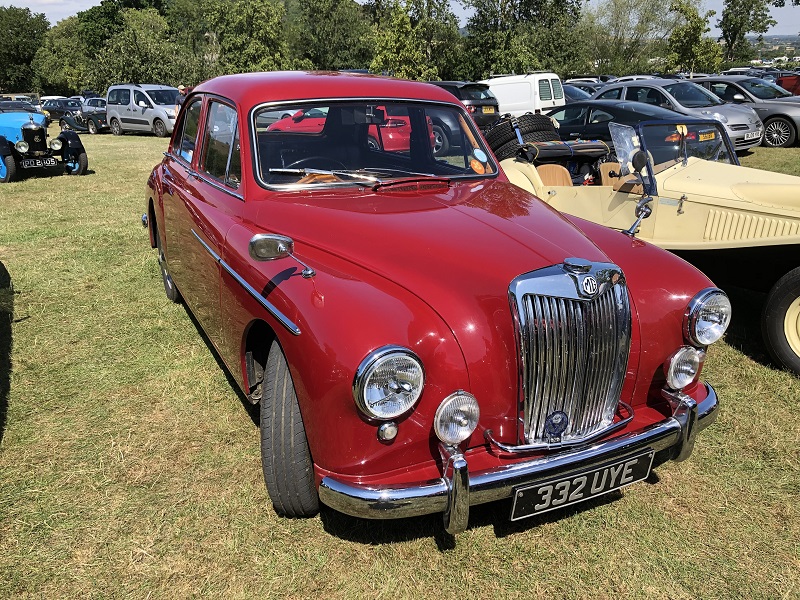
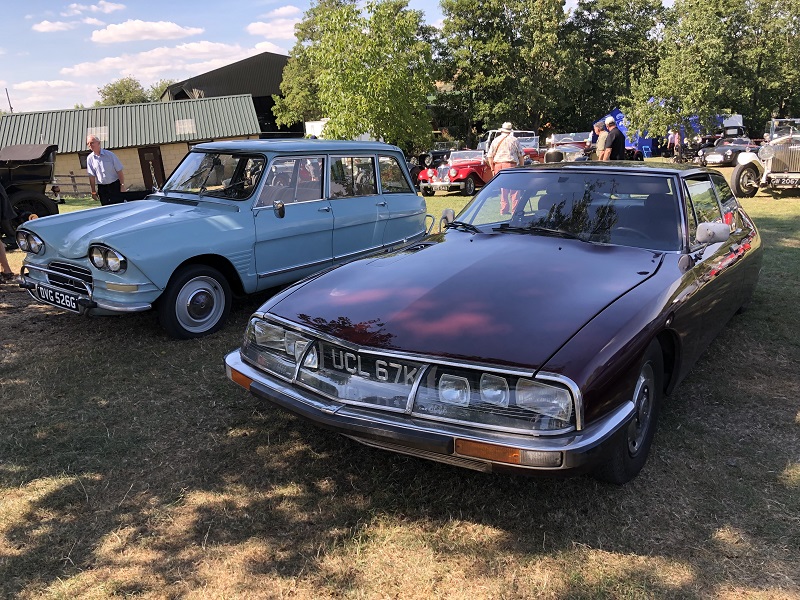



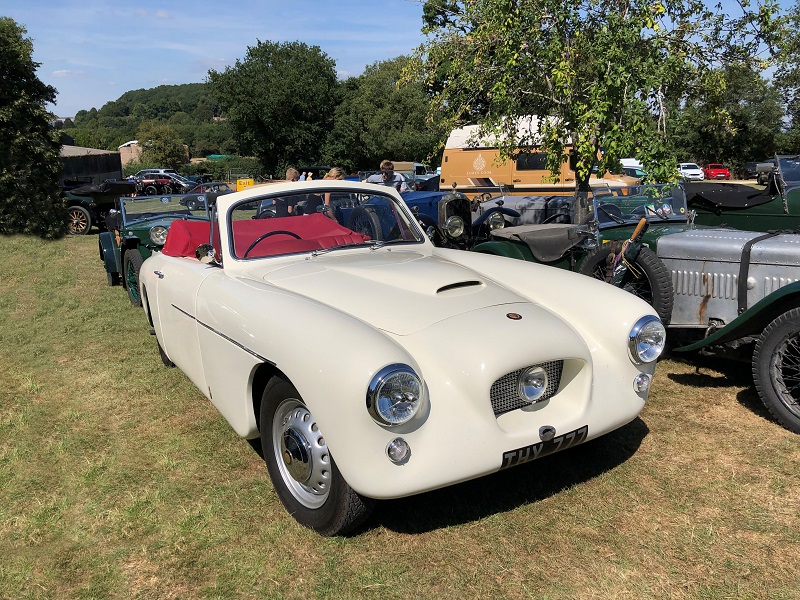
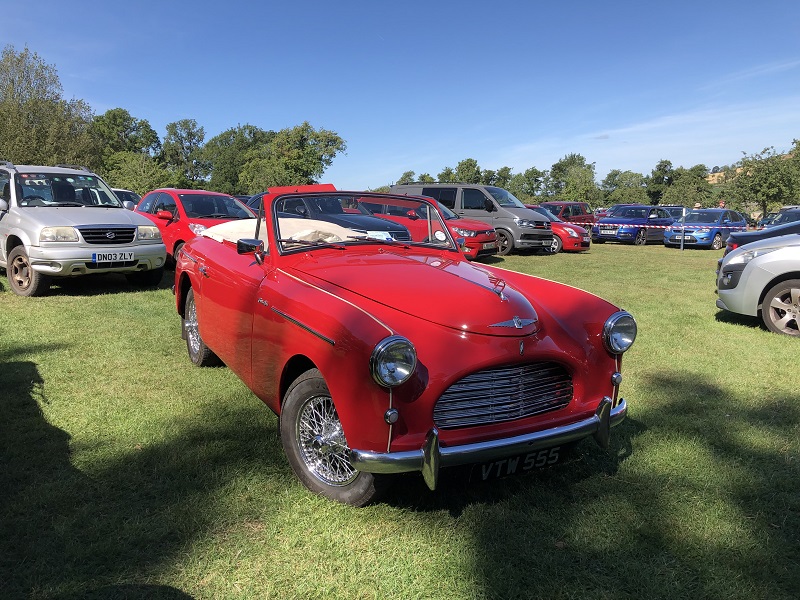
Leave a Comment